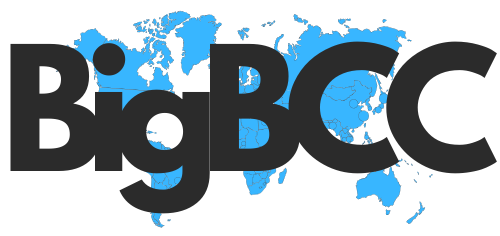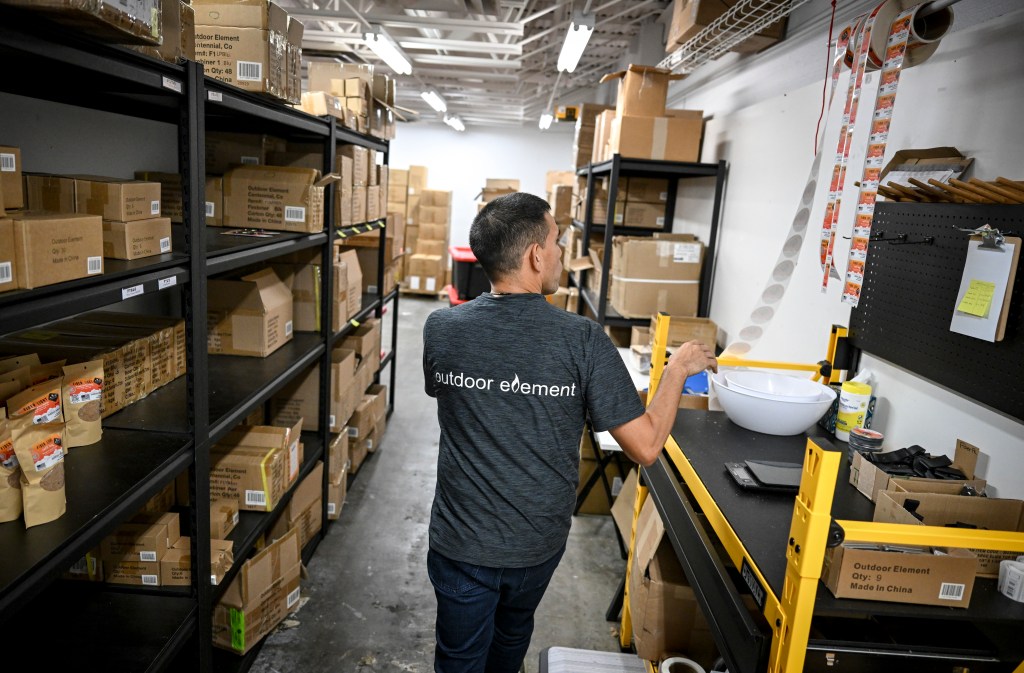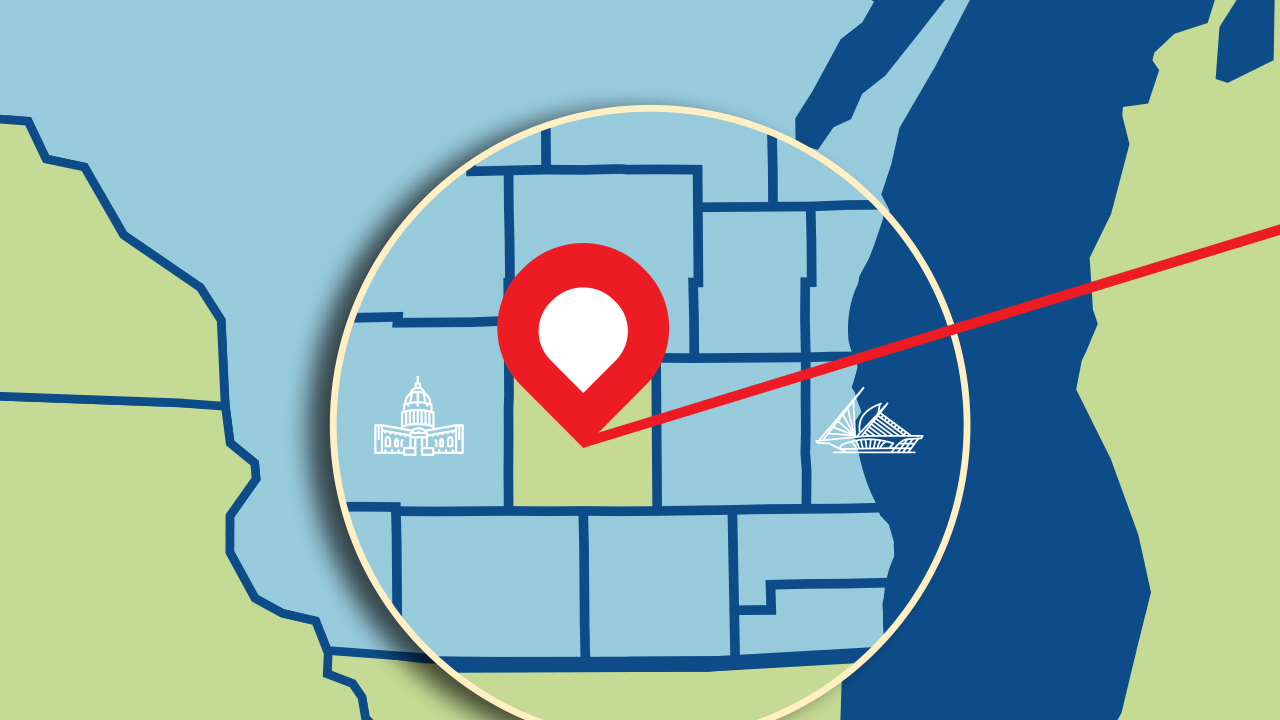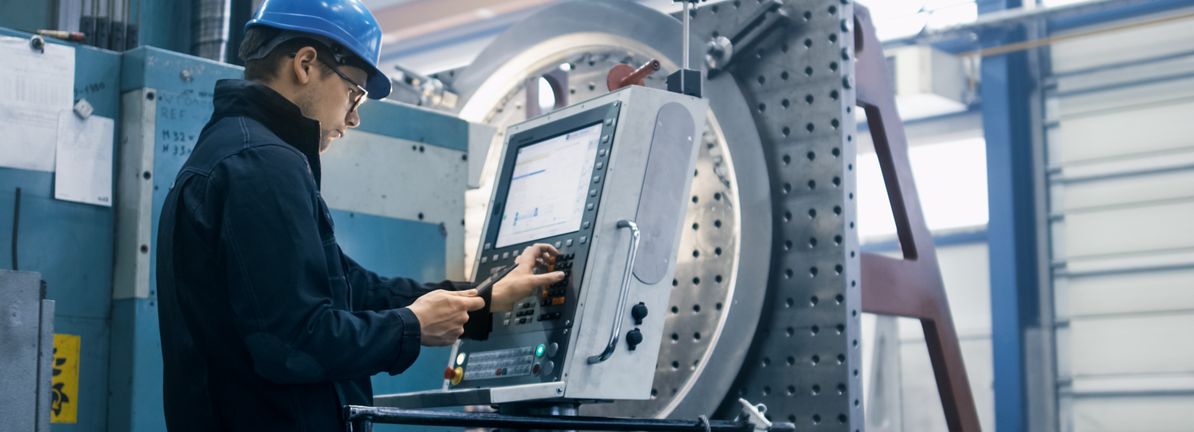Colorado’s outdoor industry, a marquee business sector in a state known for its committed recreationists and abundant opportunities to enjoy the outdoors, is facing rough going as the Trump administration announces tariffs, pauses them and reimposes the duties.
While economists and politicians debate the merits and drawbacks of higher taxes on imports, industry representatives, state officials and business owners say the small and mid-sized companies that make up the bulk of Colorado’s outdoor business sector are struggling with the fallout.
And the new tariffs come on top of duties that have been historically higher than for many other industries. Through the years, outdoor businesses have gone to China, Vietnam and other countries where materials and production facilities for technical gear and equipment are more available.
All those factors make it difficult for outdoor businesses to move production to the U.S. At best, they say, it would take a few years to develop the factories and necessary expertise.
Michael Mojica began moving some of the manufacturing for his business, Outdoor Element, from China to Vietnam in search of lower tariffs.
But the shift wasn’t quite fast enough in the quickly changing trade arena. He received word from his logistics company that, even though the shipment was on the water, increase in tariffs on steel and aluminum announced Aug. 18 would pile another 50% onto the 28% rate he already was paying on those goods.
Outdoor Element uses the metals for products that include multitool carabiners, stoves, knives and fire-starting equipment.
“I was planning to pay $4,200 for tariffs. I ended up paying $12,600. There went my profit,” Mojica said.
Outdoor Element, based in Englewood, had its best year in 2024. This year, Mojica is questioning whether he’ll be able to stay in business.
“The curveball of tariffs is a real thing,” Mojica said. “I have discovered that most people don’t realize that it’s these small businesses that are actually paying the tariffs, not the manufacturer if we’re making them overseas.”
Mojica left his job as a mechanical engineer in the aerospace industry in 2017 to chase his dream of turning a side hustle of designing and producing outdoor equipment into full-time work. Moving to Colorado rekindled his love of the outdoors. He remains hopeful about keeping his dream alive.
“I do my best as a small business to, like, let’s pivot, let’s learn, let’s educate ourselves, let’s be nimble,” Mojica said.
People in the outdoor industry and other businesses have compared the current challenges to what they went through during the height of the COVID-19 pandemic, said Travis Campbell, owner and CEO of Eagle Creek, a travel-gear company based in Steamboat Springs.
“Most people I talk to would say this environment is actually much more challenging than the pandemic, given the magnitude of the costs and increases in levels of disruption, which is really saying something,” Campbell said.
Multibillion-dollar economic infusion
The effects of tariffs on outdoor businesses are no small thing for the national or state economy. The U.S. Bureau of Economic Analysis said the outdoor recreation economy accounted for 2.3% of the national gross domestic product in 2023. The total economic output was $1.2 trillion in terms of gross output.
In Colorado, the outdoor industry accounted for 3.2% of the state’s GDP in 2023, according to the federal agency.
A study conducted for the state found that the economic output associated with outdoor recreation by Colorado residents totaled $65.8 billion in 2023, contributing $36.5 billion to the state’s GDP. The Statewide Comprehensive Outdoor Recreation plan said the economic activity supported approximately 404,000 jobs in Colorado, which represented 12% of the entire labor force, and produced $22.2 billion in salaries and wages.
Other economic contributions in 2023 included $11.2 billion in local, state and federal tax revenue, according to the study.
Colorado’s outdoor industry is vulnerable to negative impacts from tariffs because the majority of the goods are produced in Cambodia, Vietnam and other countries with high levies on imports to the U.S., a Sept. 4 report by the Polis administration said. The industry is also mostly made up of small businesses.
“Tariffs on outdoor gear and equipment threaten more than just balance sheets — they threaten Colorado communities,” Conor Hall, director of the Colorado Outdoor Recreation Office, said in an email.
“Tariffs risk stifling innovation, raising costs for consumers and undermining the very industry that powers jobs, recreation and identity across Colorado,” Hall added.
The Polis administration’s analysis of the results of tariffs said a key sector of the outdoor industry, sport-fishing, has been hit with higher tariffs on reels and rods produced in China and bait and aluminum from Canada.
The overall effective tariff rate in the state is an estimated 21%, up from 3% in 2024, the report said. As a result, the Office of State Planning and Budgeting said Coloradans could pay hundreds of millions of dollars more for durable goods.
“Colorado is a world-class destination for outdoor recreation lovers and travelers, and tariffs continue to hurt our economy and international reputation, and it’s far past time for the president to drop these senseless taxes on American families,” Gov. Jared Polis said in a statement.
History of tariffs
Industries from cars to apparel to steel to timber to pharmaceuticals are facing higher import taxes as President Donald Trump wages a trade war with countries around the world. However, the recreation industry has historically dealt with higher tariffs.
The recent increases are often stacked on top of the previous duties.
“The outdoor industry has sort of been disproportionately tariffed relative to other apparel and footwear” companies, said Jaclyn Levy, senior director of advocacy and government affairs at the Boulder-based Outdoor Industry Association.
Levy believes part of the reason is that outdoor apparel, footwear and equipment are typically technical and sophisticated, limiting where they can be produced.
“Oftentimes the places are not in the Western Hemisphere at all, much less in the United States,” Levy said. “It’s not something that you can easily onshore.”
In the past, federal programs have helped ease some of the higher charges on outdoor businesses. One of those was the Generalized System of Preferences program, which eliminated duties on thousands of products from 119 designated countries. A goal of the program, approved in 1974, was to encourage manufacturing in developing countries.
But the trade preference program expired at the end of 2020, and despite efforts by industry groups and previous bipartisan support, Congress hasn’t renewed it.
The program offset the cost and impacts of tariffs, Levy said. Since the law expired five years ago, outdoor companies have paid a total of about $2 billion more than they would have with the program in place, she said.
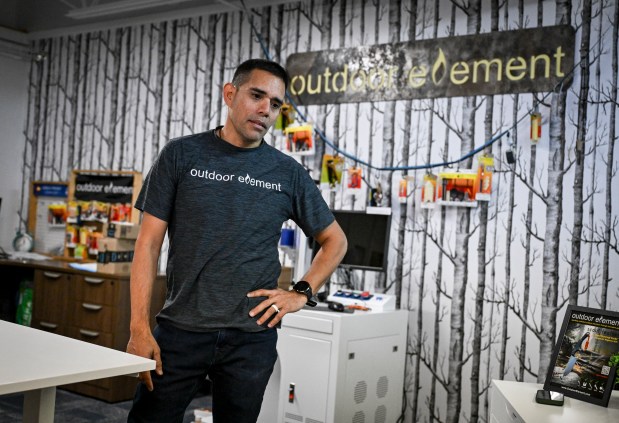
Onshoring isn’t easy
Companies that have considered moving their production to the U.S. have run into big hurdles, Levy said.
The infrastructure, materials and people with the expertise are often not available. She said a member of the Outdoor Industry Association wanted to manufacture its products in this country, but couldn’t hire enough sewers despite offering pay substantially above minimum wage and offering benefits and family leave.
“I have one member with lightweight tents and there are only 10 manufacturers in the world who can make those materials,” Levy said.
Levy said some companies were able to stock up on inventory after tariffs were announced earlier this year. Now, businesses say they’re starting to raise prices, freeze hiring and cut back on research and development.
Campbell, the Eagle Creek CEO, said his company moved most of its production to Indonesia. His company had paid from about 17% to 20% in what he called “legacy” tariffs. The tariffs imposed by the Trump administration in the spring roughly doubled the rates.
Like many businesses caught in the whirlwind of on-again, off-again increases, Eagle Creek held off significantly raising prices for customers by sharing the economic beating with suppliers and cutting back spending.
But that can’t last forever, Campbell said. He expects consumers to start seeing higher prices in the fall and next spring.
“On an annualized basis, the incremental cost of the tariffs will be millions of dollars to us,” Campbell said. “It’s difficult for any business to absorb that magnitude in change in your cost structure on the timeline that it was pushed through.”
Mojica said Outdoor Element raised prices about 10% in April to help cover the higher tariffs. He’s holding back until the new year on considering more increases to see if “things settle down.” He has laid off a couple of people and his wife went to work for the company for free — for now.
Campbell believes the changing rates and uncertainty surrounding the administration’s policies will undermine one of the stated goals of higher tariffs — increased manufacturing in the U.S. He said boosting domestic manufacturing will require “lots of dollars and lots of time” and certainty.
Mojica is manufacturing a few of his products in the U.S., but he would like to maintain a portion of his production in China as a kind of peaceful protest. “If we are able to have commerce with a country, we are generally at peace with them.”
Get more business news by signing up for our Economy Now newsletter.
